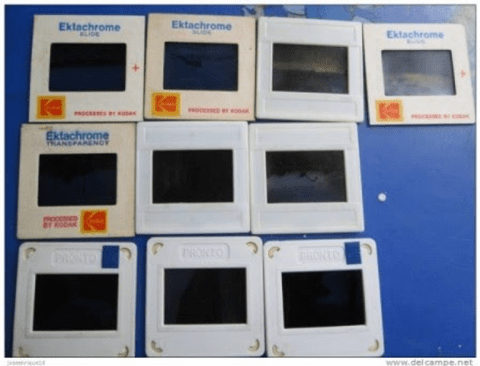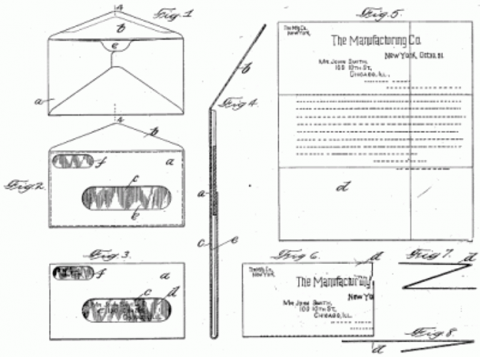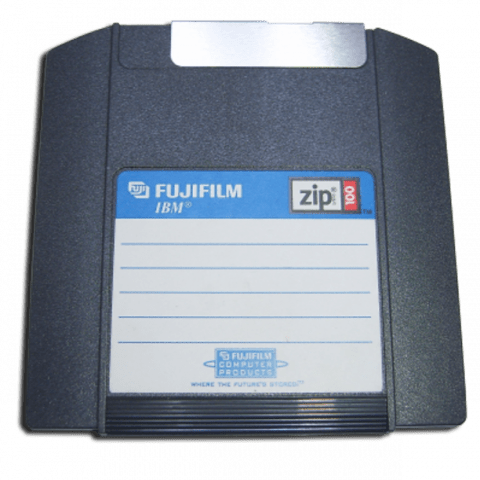Twenty years ago, there wasn’t really such a thing as digital or traditional PR. It was just PR agencies, focusing mainly on offline visibility to raise brand awareness.
Fast forward to 2020, and the landscape has changed more than the cast of Hollyoaks. As time has gone on, some agencies have embraced the opportunities that digital has to offer. Some have stayed in the ‘traditional’ hemisphere, focusing specifically on brand awareness. There’s nothing wrong with either digital or traditional PR – they just have completely different objectives.
Then: Traditional PR
Conventionally a press release would be the most popular means of communicating a message. And I would arguably say that it still is, but the content of the press releases themselves consist of far more creative stories to cut through the noise.
Ten years ago, most PRs would be on the phone, chasing journalists to include their press release (I was 16 at the time, but a bit of research has told me this…). But journalists now get 200 pitches a day, and I don’t know about you, but I wouldn’t fancy that many phone calls on top of having to write 6-8 articles daily. If you call the journalist, they’ll often tell you to email them anyway. Don’t call unless absolutely necessary, or you’ll have them going…
Now: Digital PR
Digital PR has many different definitions, here’s mine, which will hopefully be used by scholars for years to come:
‘Digital PR is when you create stories which journalists want to use, with the aim of getting backlinks back to your site to rank higher in the SERPs.’
Why do you need backlinks? Well, it’s one of, if not the most, important factor for ranking in Google. Sure, you can achieve backlinks using traditional SEO methods, such as citations, but that will only get you so far. To get high-quality backlinks from the media, you need to give them a reason to write about you.
Original online marketing strategies relied heavily on the technical knowledge of SEOs, with only a small amount of input from creative minds. With the evolution of PR and Google’s ability to understand online content, that has changed. SEO and PR must join forces. And as both disciplines demand the need for high-quality, relevant content, creativity has to play a much larger role.
In the last few years, creative Digital PR techniques have soared. Those ‘dream job’ stories you see in the press? Digital PR people. The surveys you see that 3 out of 10 Game of Thrones fans are calling their kids Khaleesi? Probably a Digital PR person. The index of the best high street in the UK for vegans? Definitely Digital PR people.
You no longer have to go by the rule book of just getting coverage when you have news such as new hires or new products. Now we make our own news.
How has measurement changed?
Remember Advertising Value Equivalent (AVE)? Some agencies still use it as a metric – although you shouldn’t – the CIPR classes it as an invalid measure. AVE is when PR’s work out the ‘value’ of a piece of coverage by estimating what the coverage would have cost if it were purchased as an advertisement. But it doesn’t stop there – you then multiply it by anywhere up to five times, as technically (and this is something I do agree with) editorial is worth more than advertising.
For example, if you get a piece of coverage in a trade magazine, and the average cost of a one-page advertisement is £3000, you would estimate that the coverage could be worth anything up to £15,000, thus proving your worth. Hmm…..
Now: Measurement with Digital PR
In the past, measuring PR was ambiguous, because brand awareness can be so difficult to see. Readership and circulation figures, which dominated traditional PR in the past, has been replaced by a new team of metrics, ones which are much easier to quantify.
Because of its very nature of supporting SEO, there are a number of different measurement tools you can use to quantify the success of your campaigns.
1 – Number of backlinks gained
Links from reputable media outlets are like gold dust, there’s a reason I do this exact dance when I gain a backlink, every single time.

Using free tools such as Google Alerts and Google search, or paid tools such as AhRefs and Cision, you can report on the number of backlinks gained to your specific site.
2 – Increase in domain authority
Not all links are equal. I would argue that ten-strong backlinks are worth far more than 100 low-quality ones. How do you know the quality of your links? Domain authority is a metric used by Moz, while Domain Rating is used by AhRefs, whichever you choose. The higher the DA linking back to your site (e.g. BBC is around 97 out of 100), the better for your brand’s chance to enhance your ranking in the SERPs.
3 – Look at inbound traffic from links
The main aim of gaining links is not direct traffic, but it’s often an added bonus. Monitor the number of click-throughs to your site from the backlink – it’s far easier than tracking how many people went to your website after a TV advert.
4 – Spikes in ranking positions
This is a positive sign that your digital PR work is paying off, and those golden links are actually paying off. Work with your SEO team to analyse the position of your brand in the SERPs.
5 – Social media followers
If your brand’s content is getting published in valued publications, chances are, people will start sharing it on social media. Monitor how many shares your content gets on social media.
Life in a PR Office – 20 Years Ago
Transparencies were sent out with the press release. These were usually photographs, the images used to illustrate your pitch. They were very costly and time consuming to produce, and both PR specialists and editors were expected to work on them. Prior to email and Drop Box, they were an unavoidable evil!
Here is what transparencies looked like!

Mail Merge used to be a trained skill. This was the process of sending press releases to pre-researched media distributions lists. Learning how to format a letter to properly fit into a window envelope was the key.

Franking Machines were the item to have in any well-respected PR office; licking stamps on envelopes was far too time-consuming. The daily deadline for letters was 5 pm, when a friendly postman came in to collect the bags of post. It was our job to befriend the postman, so as to alleviate his impatience during the days when the 5 pm deadline was not met. Rushing late print runs was also an essential skill.
The Post consisted of letters, possibly with windows to save us writing by hand; old-fashioned newsletters; press releases; and company brochures from the sales team – remember, there were no websites!

Floppy Disks were used to copy documents, files, and anything else. Futuristic PR people started to attach them to press packs for exhibitions, trade shows, and press meetings. It made you look good and at pace with the times. Little did we know what was around the corner.

Media Tours were essential if you worked outside of London, home of all the main titles and publishing houses. You had to make it your job to get to know the media personally. Media tours were “the thing” to do, and part of every well-planned strategy. Usually, they ran across two days, packed with as many press meetings as possible, sometimes up to eight a day: three or four in the morning, and the same in the afternoon. Our job was to run across London carrying press samples and press packs, all tucked inside a wheelie luggage bag. We would meet and greet editors, editorial assistants, and freelancers. This was done on a regular basis to promote upcoming features – and of course, to be seen as the friendly, supportive PR professional.
So How Has PR Evolved?
- With the reduction of printed publications, an online presence is the most important thing for a brand.
- No more calling journalists – unless it’s urgent.
- Press releases are still important, but surveys, indexes, videos and other interactive formats are just as important for securing that story.
- Results are much harder to measure in traditional PR than they are in Digital PR.
- Digital PR is backed by data, and is, therefore, more quantifiable, and RoI analysis is more detailed (e.g. views, clicks, shares, likes, etc).
- Digital PR is not something you can simply add to a traditional PR strategy. It needs to be integrated with social media, SEO, graphic design, media insights and more. It is now fundamental to the success of any marketing campaign.
What to expect from PR for the future
Story-telling will always be important, as will companies managing their communications and reputations. As a result, PR will be helped by automation in the form of helping us to build media lists, send bulk emails, monitor relevant news and more, but we won’t be replaced by automation. Having the skill to think up and create a newsworthy content idea is a key creative, human-skill, and one which is valuable to the search process.
It should also be noted that Digital PR should never be about mocking the efforts of traditional PR, purely because it’s perceived as an ‘older’ discipline. It’s not a competition – they both have their purpose. But for increased chances of ranking in the SERPs, with the added benefit of brand awareness, Digital PR is clearly the way forward for any brand wanting to increase its traffic.
The post The Evolution of PR in the Digital Age appeared first on Hallam.
from Blog – Hallam https://ift.tt/3iolyDE
via IFTTT
Comments
Post a Comment